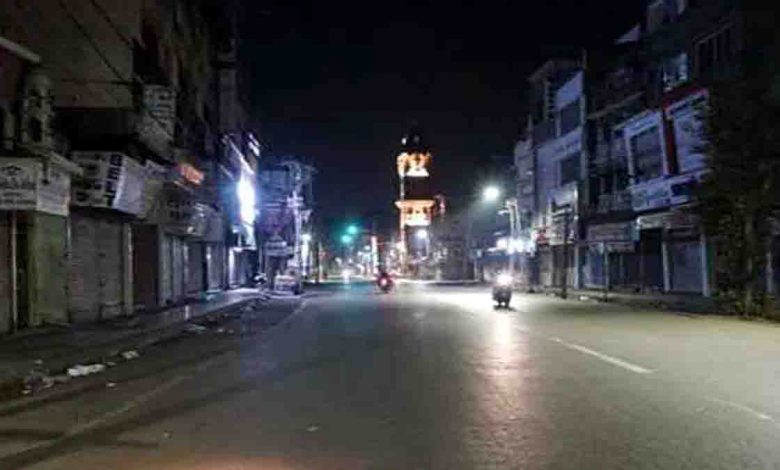Night curfew imposed across the state from today

State issues guidelines to check second surge of Covid-19
The State government has issued fresh guidelines in order to check the second surge of Covid-19 in Uttarakhand. According to the guidelines issued by chief secretary Om Prakash, night curfew will be imposed in all districts from 10:30 PM to 5 AM. Employees of industrial units where work is done in shifts, movement of people and goods for emergency operation on national and state highways, those involved in loading and unloading of goods carriage vehicles, those going to their destination after deboarding buses, trains and flights, and those involved in marriage functions will be allowed relaxation during the night curfew.
A maximum of 200 people will be allowed in all religious, political and social events including marriage functions. The SOPs issued by the Central government and guidelines issued by the State will remain applicable in the Kumbh Mela area in Haridwar. Further, all public transport vehicles will carry 50 per cent of their full capacity. All cinema halls, restaurants, bars and gymnasiums will also function at 50 per cent capacity. Coaching institutes in all the districts will be shut down. Those aged above 65 years, people with comorbidities and those aged below 10 years are advised to venture out of homes only if necessary. Observance of Covid appropriate behaviour will be mandatory in all public places and workplaces. These instructions will be applicable from April 16 till further orders.






